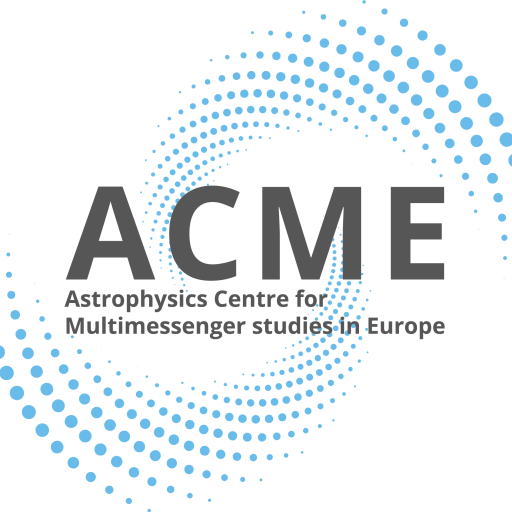FIGARO (Fast Infrared Gravitational-wave Advanced Rapid Observation) is a fast, publicly available tool developed to support the rapid identification of host galaxies for gravitational-wave (GW) events. Designed to run in parallel with GW parameter estimation pipelines, FIGARO provides early and accurate 3D localization of GW sources, enabling timely and efficient electromagnetic (EM) follow-up observations—especially for kilonovae and short gamma-ray bursts (GRBs).
Key Features
Bayesian Non-Parametric Reconstruction
FIGARO uses a Dirichlet Process Gaussian Mixture Model to reconstruct the joint posterior distribution of a GW source’s sky position, luminosity distance, and inclination angle. This is done using only a small subset (~10%) of posterior samples, allowing for real-time execution during GW parameter estimation.
Galaxy Ranking
Once the 3D probability volume is reconstructed, FIGARO ranks galaxies in a given catalog based on their spatial and distance overlap with the source localization. This ranking helps astronomers prioritize follow-up observations of the most probable host galaxies.
Inclination Angle Prediction
By estimating the inclination angle of the binary merger at each galaxy’s position, FIGARO offers additional insight into the likelihood and expected brightness of an associated EM counterpart. This is particularly useful for modeling GRB afterglows and optimizing observing strategies.
Performance and Robustness
FIGARO delivers reliable sky localizations and galaxy rankings with high statistical fidelity. It has been tested on simulated BBH events and the real BNS event GW170817, showing agreement with full posterior reconstructions and consistent probability–probability (pp) plots.
Entropy-Based Convergence Monitoring
FIGARO tracks information entropy over time to monitor the convergence of the reconstruction. This feature allows users to determine when the localization estimate has stabilized and is ready to guide follow-up.
Use Case
FIGARO’s main application is in the early phases of a GW detection. As soon as parameter estimation begins producing posterior samples, FIGARO can:
- Deliver a probabilistic 3D localization of the source.
- Rank potential host galaxies by likelihood.
- Provide inclination estimates to inform the expected EM brightness.
- Help observatories rapidly decide where and when to observe.
This approach enhances the efficiency of EM follow-up by focusing limited observational resources on the most promising targets. FIGARO is especially useful for early kilonova searches, low-latency GRB follow-up, and standard siren cosmology. By combining fast Bayesian inference, galaxy catalog cross-matching, and inclination-aware brightness prediction, FIGARO significantly improves the ability to identify gravitational-wave host galaxies in real time. It is a key asset in the multi-messenger toolkit, maximizing scientific return from joint GW–EM observations.
